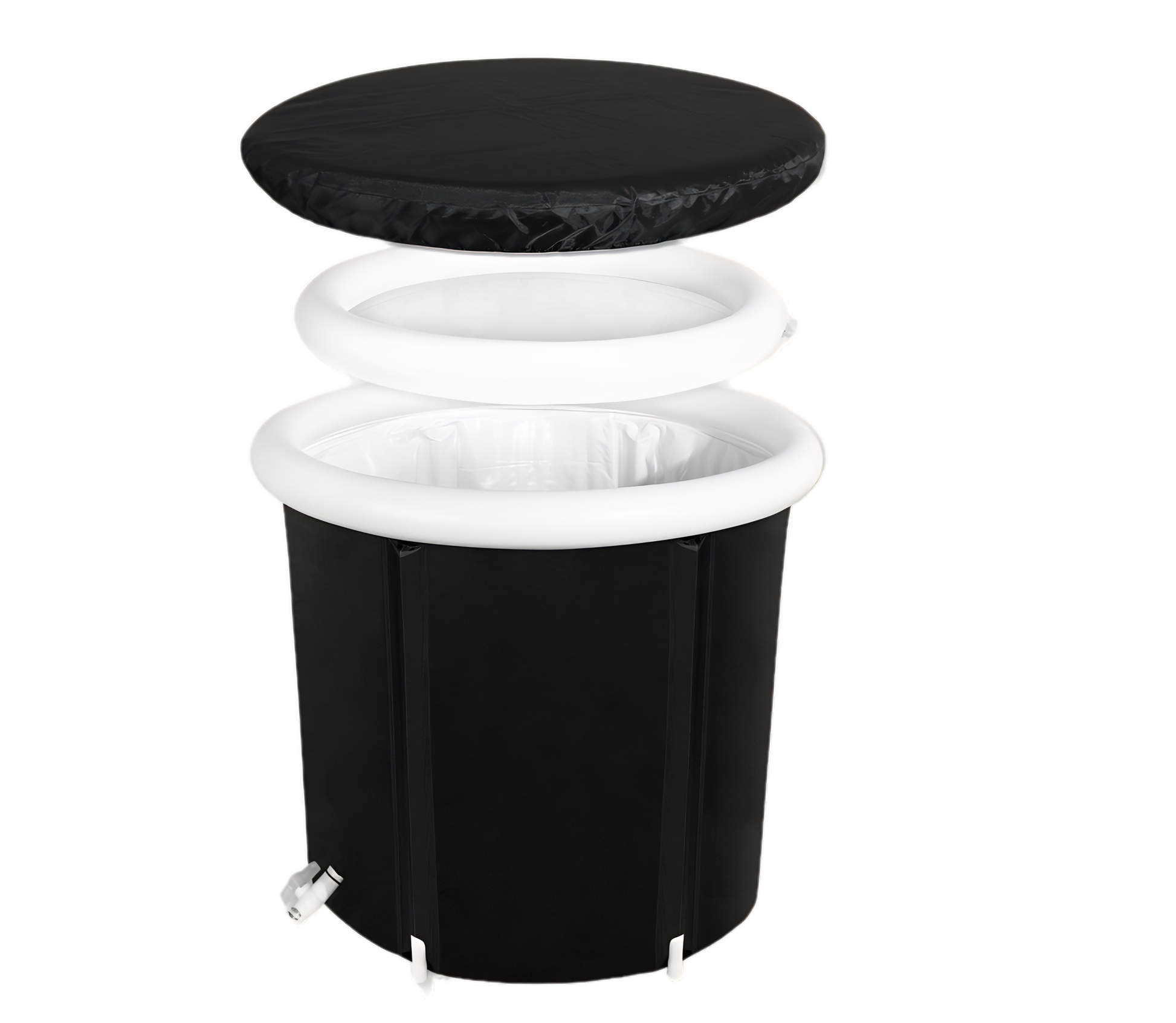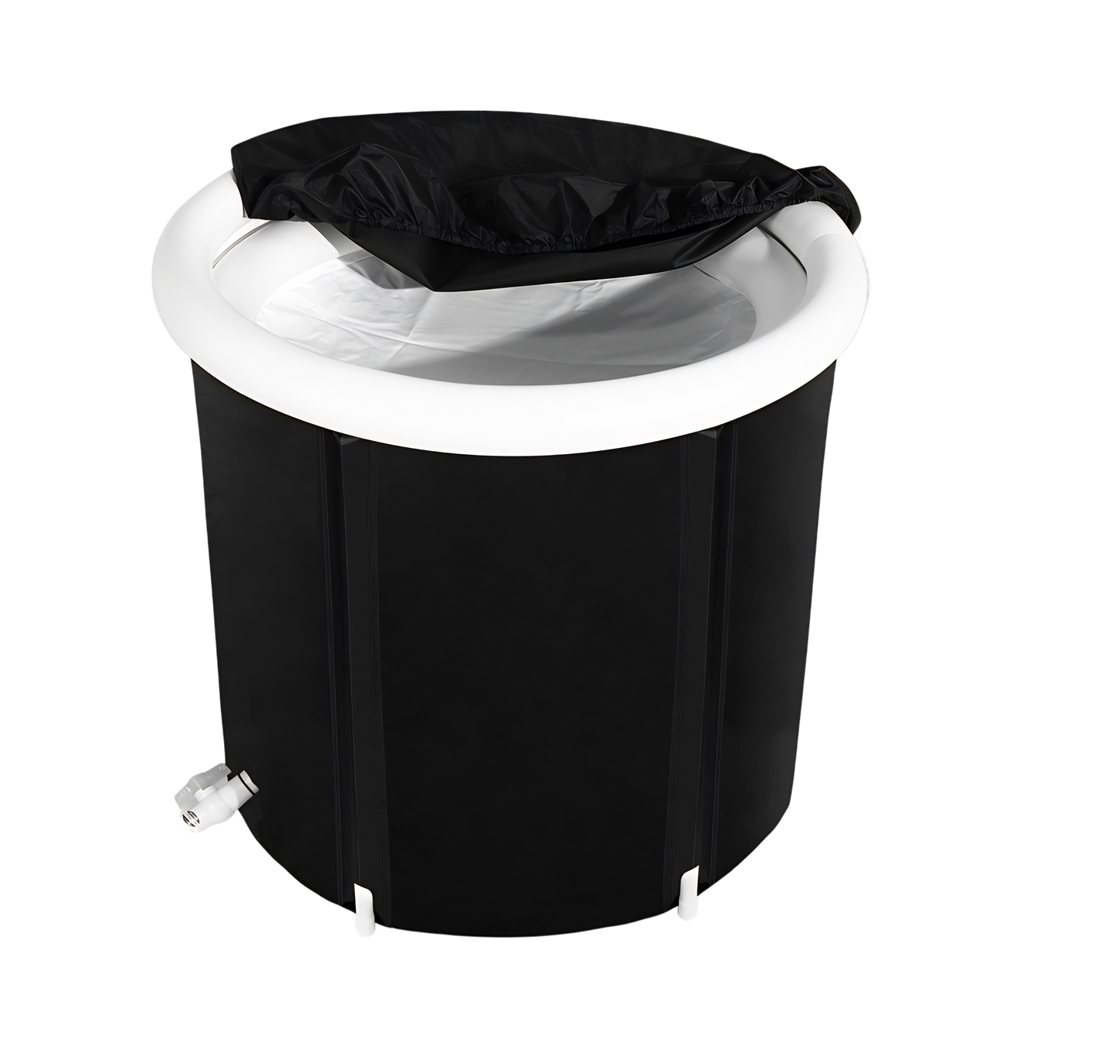Ice baths, also known as cold water immersion, have a rich history in athletic culture and have been used for centuries to aid in recovery and enhance performance. The practice of immersing oneself in cold water can be traced back to ancient civilizations such as the Greeks and Romans, who recognized the therapeutic benefits of hydrotherapy. In more recent times, ice baths have become a staple in the training regimens of professional athletes, with studies suggesting that they can help reduce inflammation, decrease muscle soreness, improve circulation, and promote faster recovery. The popularity of ice baths has also extended beyond the sporting world, with many individuals incorporating cold water immersion into their wellness routines. Overall, ice baths have stood the test of time and continue to be valued for their potential benefits in athletic performance and muscle recovery.
Key Takeaways:
- Ice baths have a long history in athletic culture, dating back to ancient civilizations.
- They are widely used in professional athletes' training regimens to aid in recovery and enhance performance.
- Studies suggest that ice baths can reduce inflammation, decrease muscle soreness, improve circulation, and promote faster recovery.
- Ice baths are not only popular among athletes but also among individuals seeking holistic wellness.
- Incorporating cold water immersion into wellness routines allows for personal experimentation and potential benefits.
The Origins and Evolution of Ice Baths

Ice baths have a fascinating history that dates back to ancient civilizations. In ancient Greece, hydrotherapy, including the use of cold water, was recognized for its therapeutic benefits. The renowned physician Hippocrates documented the healing properties of water, demonstrating an early understanding of its potential in treating various conditions. The ancient Romans, known for their elaborate bathhouses, also incorporated cold water baths into their bathing rituals, believing that the contrast between hot and cold water invigorated the body and spirit.
Cold water immersion practices were not limited to Greece and Rome. In other parts of the world, cultures developed their own versions of ice baths. The Russian banya, for example, involved alternating between a steam bath and a plunge into cold water or snow, while the Japanese Misogi focused on standing or sitting under cold waterfalls for purification.
The modern-day popularity of ice baths can be attributed to figures such as Sebastian Kneipp, a 19th-century German priest who advocated for hydrotherapy as part of holistic wellness. Kneipp's influence on the use of cold water immersion in sports medicine and athletic recovery cannot be understated. Additionally, the rise of the Wim Hof Method, developed by Dutch athlete Wim Hof, has brought further attention to the potential benefits of cold exposure for physical and mental well-being.
| Ancient Greek Hydrotherapy | Ancient Roman Baths | Russian Banya | Japanese Misogi |
|---|---|---|---|
| Therapeutic use of water, including cold water, documented by Hippocrates | Cold water baths as part of elaborate bathing rituals | Alternating between steam bath and plunge into cold water or snow | Standing or sitting under cold waterfalls for purification |
In conclusion, ice baths have a long and diverse history rooted in ancient civilizations such as Greece and Rome. The practice of cold water immersion has evolved over time, with various cultures and individuals embracing its potential benefits in physical and mental well-being. From ancient hydrotherapy to modern-day athletic recovery strategies, ice baths continue to be valued for their potential to aid in muscle recovery, reduce inflammation, and enhance overall performance.

Figure: Sebastian Kneipp, The Father of Modern Hydrotherapy.
The Benefits of Ice Baths: Physical and Mental Well-being
Ice baths offer a range of potential benefits for both physical and mental well-being. Cold water immersion has been shown to reduce muscle soreness, especially after intense physical activity, by constricting blood vessels and decreasing inflammation. This reduction in muscle soreness can aid in faster recovery and allow athletes to return to training sooner.
Additionally, ice baths promote improved circulation as the cold water initially constricts blood vessels and then dilates them upon exiting the bath, which helps flush out toxins and increase blood flow to the muscles. This increased circulation can enhance the delivery of oxygen and nutrients to the muscles, supporting their recovery and overall performance.
Ice baths also contribute to mental fortitude and holistic wellness. The shock of the cold water immersion can have a stimulating effect on the mind, invigorating and energizing individuals. Furthermore, the integration of therapies such as ice baths into wellness routines can provide a sense of luxury and novelty, adding excitement and variety to self-care practices.
One of the great advantages of ice baths is their accessibility. While they have long been favored by professional athletes, ice baths can be enjoyed by anyone seeking the benefits of cold therapy. Whether you have access to a high-end spa or choose to create your own ice bath at home, the flexibility of the practice allows individuals to incorporate it into their routine based on their preferences and needs.
In addition, ice baths can foster a sense of community and sharing. Many individuals engage in ice bath experiences together, whether at wellness retreats or as part of group training sessions. The shared experience of immersing oneself in the cold water can create bonds and connections, enhancing overall well-being.
Ultimately, ice baths offer a space for personal experimentation. Each individual can explore the duration and temperature of the bath that works best for them, taking into account their tolerance and desired outcomes. This personalization allows for a tailored experience, further enriching the benefits of ice baths for physical and mental well-being.
FAQ
How cold should the water be in an ice bath?
The water temperature in an ice bath is usually between 50 to 59 degrees Fahrenheit (10 to 15 degrees Celsius), although some individuals may prefer colder temperatures.
Do ice baths really help with muscle recovery?
Yes, studies have suggested that ice baths can help reduce muscle soreness, decrease inflammation, and promote faster recovery after intense physical activity.
Read one such study here: Ice Bath Use at the Olympic Games, Rio.
Can ice baths improve athletic performance?
While ice baths may not directly enhance performance, the reduced muscle soreness and improved recovery they offer can indirectly contribute to improved athletic performance over time.
Can anyone try an ice bath, or is it only for athletes?
Ice baths can be beneficial for anyone looking to aid in muscle recovery or experience the potential benefits of cold therapy, not just for athletes.
Are there alternatives to ice baths for muscle recovery?
Yes, other recovery methods such as contrast showers (alternating between hot and cold water) and compression therapy can also be effective alternatives to ice baths.
Can I take an ice bath at home?
Yes, ice baths can be done at home using one of Aussie Ice Baths, easy-to-use and portable ice tubs - check them out here: portable ice tubs.






